J-20 Uy Long – China’s patchwork stealth fighter
Design of China’s 5th generation J-20 stealth fighter.
Reuters on June 1 quoted a statement from the Chinese Air Force saying that Beijing is carrying out the final stages of testing and will soon put the country’s most modern stealth fighter, the J-20, into operation.
`In the near future, testing of the J-20 and large transport aircraft Y-20 will be continuously carried out. This is a necessary step before putting the aircraft into service, improving air force efficiency.
Chengdu J-20 Uy Long is a 5th generation twin-engine stealth fighter researched and produced by Chengdu Aviation Industry Group for the Chinese Air Force in the hope of narrowing the gap in military strength with China.
The J-20 was first tested just before US Secretary of Defense Robert Gates’ visit to Beijing in 2011. Based on the first images of the J-20, analysts said that China had made progress.
Some experts even believe that the J-20 can compete with the US F-22 or Russia’s T-50, can challenge US air superiority and penetrate all air defense systems in Europe.
However, when going into further analysis, military experts from Aviations militaires believe that the design and true power of this type of fighter still have many issues worth considering.
Patchwork design
In terms of design, the J-20 has a hybrid shape, combining features of Russian and American aircraft.
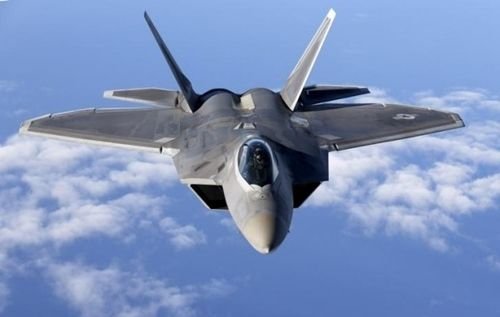
America’s F-22 stealth fighter.
Suspicions about China copying the design were further confirmed when many sources said that Moscow had transferred MiG 1.44 production technology to Beijing under a military trade agreement.
Regarding the fuselage structure, initially many information confirmed that the J-20 used stealth materials developed based on materials from the US F-117 shot down in Kosovo in 1999.
Admiral Domazet-Lošo, former head of military intelligence and former deputy chief of staff of the Croatian army during the civil war in Yugoslavia, claimed that Chinese intelligence sought to buy back from Serbian farmers fragments and
However, Beijing later denied and asserted that the J-20 was made with its own materials produced by the country.
Regarding engines, although Chinese engineers claim to be developing a new engine, the WS-10, to equip the J-20, Aviation experts confirm that this fighter still uses two AL- engines.
Experts cite the fact that China is trying to re-promote the purchase of Russian Su-35 aircraft as soon as this fighter was introduced as having the new 117S engine, even though this deal had previously been cancelled.
In the case of using a self-produced engine, to achieve supersonic speed, the J-20 still has to use a booster, and this part will disable the aircraft’s stealth capabilities.
During a demonstration two years ago, the J-31 fighter that was supposed to use China’s experimental domestic WS-10 engine was criticized by the military as `torn` when it emitted jets of black smoke from behind.

J-20 fighter jet on test runway.
According to military experts, inappropriate engine technology causes the J-20 to suffer many losses in operational capabilities compared to its American rival F-22.
This is one of the biggest weaknesses of the J-20.
Another limitation of the J-20 is that the body design has many unreasonable points.
Thus, to improve stealth, the J-20 will have to be coated with a special paint layer that disables radar electromagnetic waves, but currently China does not have leading experts on this type of material.
American experts affirm that the J-20 image displayed on the reconnaissance radar that the country placed in Japan is still quite clear and its combat capabilities are only equivalent to the US 4th generation F-15C aircraft.
See more: The ‘brain’ with many defects of the F-35 super fighter.
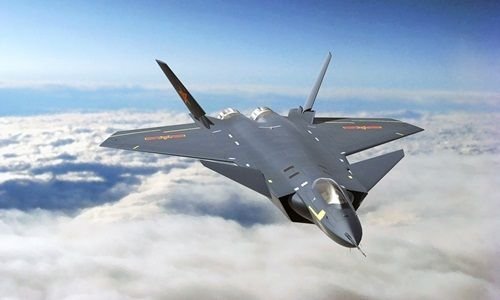
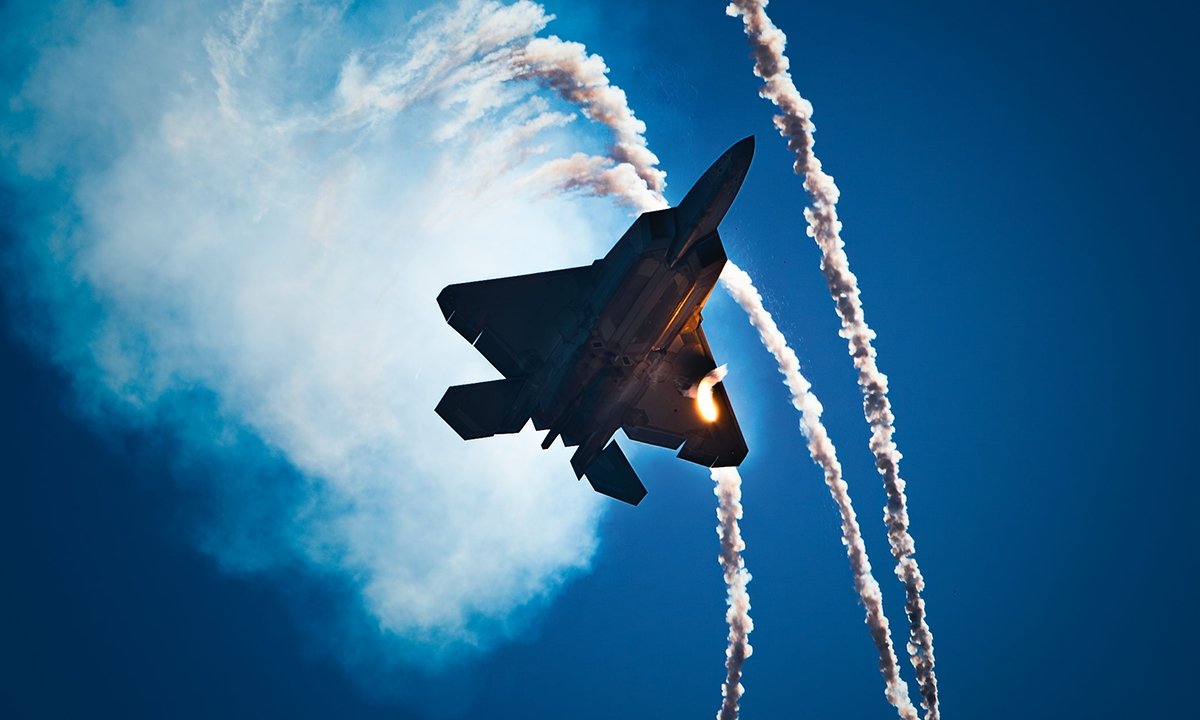
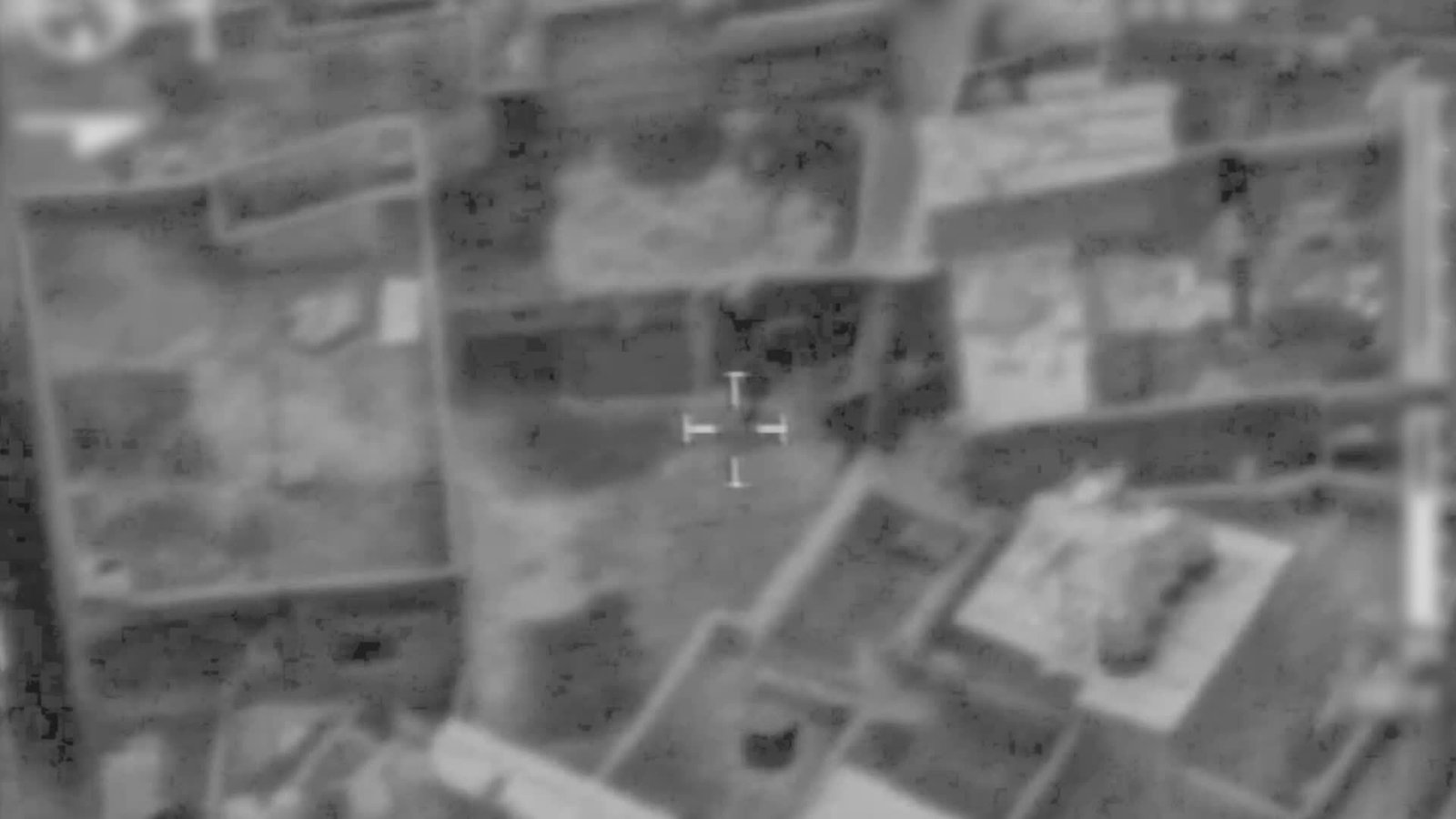
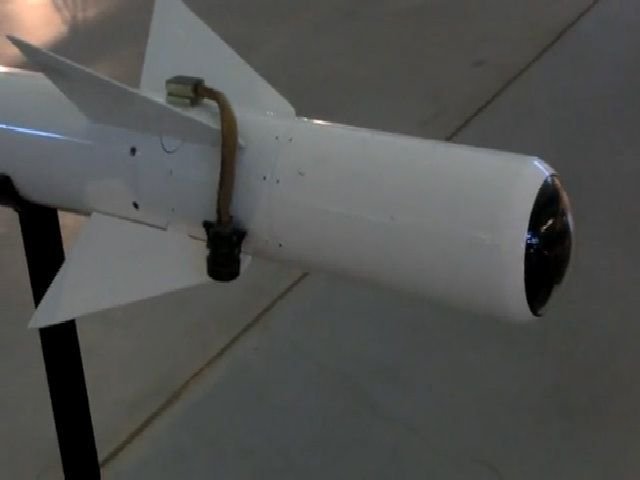










Post Comment